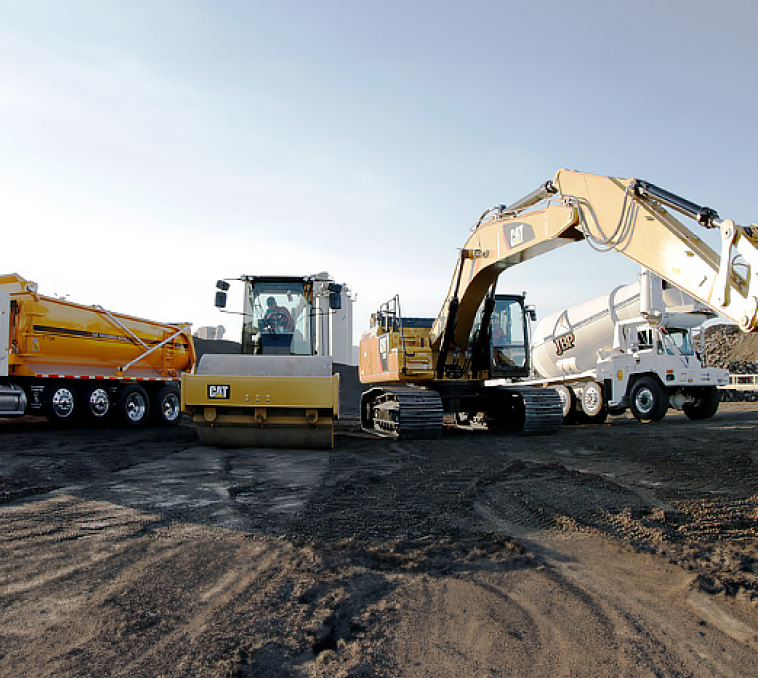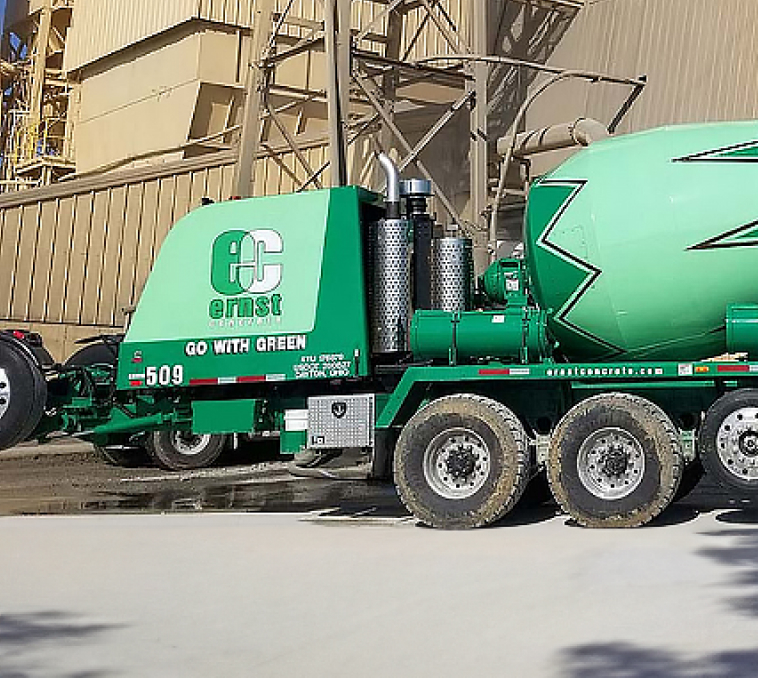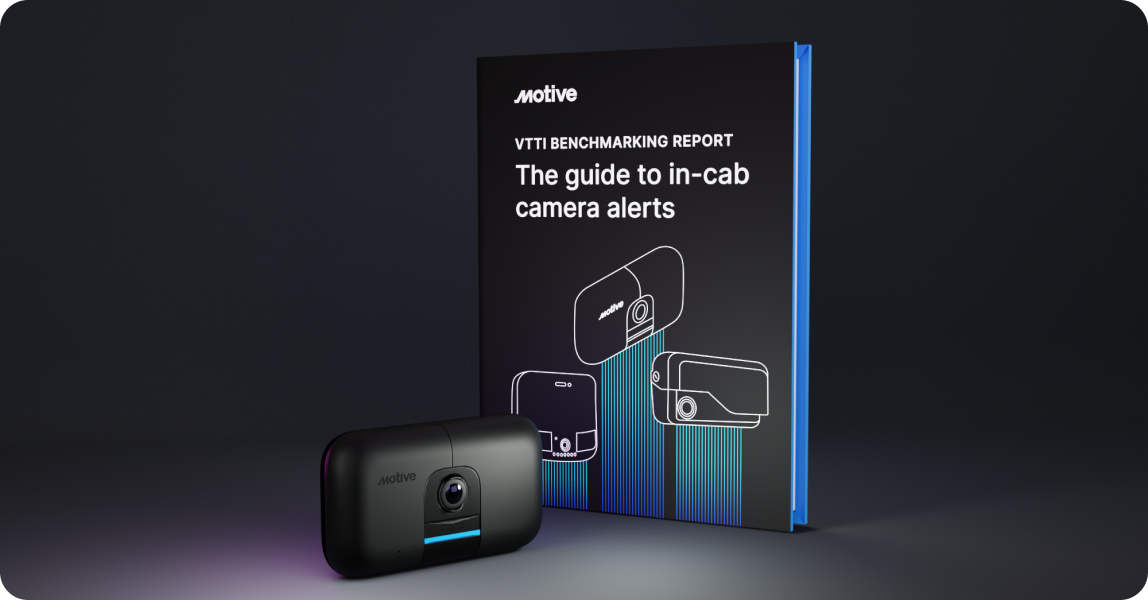driver & fleet safety
Protect drivers and improve fleet safety with the industry’s most accurate AI.
Identify unsafe behavior, prevent collisions, and reduce insurance costs with Motive.
AI Accuracy
Detect 15+ safety events with industry-leading accuracy.
Cell phone usage
Drowsiness
Forward collision warning
Unsafe lane change
Close following
Stop sign violation
Unsafe parking
Speeding
THIRD-PARTY BENCHMARK
Motive alerts to unsafe driving 2-4x more than Samsara and Lytx

Explore more features
Get total visibility and control.
Driver Privacy Mode
Turn off the driver-facing camera when a driver is off duty or vehicle is stationary.
Face Match
Automatically identify drivers and assign vehicle activity with facial recognition AI.**
Live streaming
Access live video feeds from the AI Dashcam directly in the Motive Dashboard.
Time-lapse video recall
Retrieve footage from the last nine days and up to 60-min of time-lapse video per request.
Engine-off recording
Capture up to 24 hours of video after a vehicle is turned off.
Live images
Automatically capture images every 10 minutes during a trip, as well as when the engine starts and stops.
Custom data retention
Set safety data retention policies, available from two weeks to indefinitely.
Driver safety profile
Get a snapshot of your drivers’ safety performance with the Safety Score and behavior trends.
Training videos
Let drivers self-coach with training videos that explain the risk behind unsafe behaviors and how to improve.
24/7 roadside assistance
Save 15-20% with the National Automobile Club’s 75k+ provider network. Only pay for what you use.
Automated collision reports
Process claims faster using ready-to-share reports with critical telematics, driver, and vehicle data.
Performance reports
View safety behavior and Safety Scores over time, and see the impact coaching has on the score.
Measurable results. Proven ROI.
Fleet safety resources.
Benchmark report
Motive achieves the highest alert rates across tested unsafe behaviors.
Study by Virginia Tech Transportation Institute reveals Motive’s AI Dashcam successfully alerts drivers to unsafe driving behavior 81% of the time, 2-4x more than Samsara and Lytx.
Most accurate AI
Driver coaching
Safety program
Frequently asked questions
What are the benefits of a fleet safety program?
A well-designed fleet safety program brings numerous benefits, including reduced accidents, lower associated costs, improved driver morale, enhanced public safety, and compliance with regulatory standards. Additionally, it can lead to lower insurance premiums, increased operational efficiency, and a positive impact on a company’s reputation.
How can fleet safety be improved?
To improve fleet safety, organizations can implement comprehensive driver coaching programs, regularly maintain and inspect vehicles, utilize advanced safety technologies such as AI Dashcams and AI Omnicams, and establish clear safety policies and procedures. Encouraging a safety-conscious culture within the organization and fostering open communication about safety concerns are also crucial.
How do you create a fleet safety program?
Creating a fleet safety program involves several key steps. First, assess the unique risks and challenges associated with your specific fleet operations. Develop clear and comprehensive safety policies and procedures, including guidelines for driver behavior, vehicle maintenance, and emergency response. Learn more in our step-by-step guide.
What are the key elements of an effective safety program?
Key elements of an effective safety program include leadership & employee commitment, comprehensive training, ongoing communication, and a robust monitoring and evaluation system. Incentivising & rewarding good safety behavior and performance, regular assessments and open communication channels contribute to continuous improvement, creating a safer and more efficient fleet environment.
How do you measure the success of a fleet safety program?
Success in a fleet safety program is gauged by reduced accidents, lower costs, and improved driver behavior. Adherence to policies, successful completion of safety training, and the utilization of advanced safety technologies such as AI dashcams contribute to the achievement of safety program goals. Use the Motive Safety Score and Coaching Sessions for regular driver reviews to ensure ongoing improvement.
What types of fleet driver safety events trigger video recordings?
The AI Dashcam captures short video clips when safety events like close following, drowsiness, or cell phone usage are detected and exceed set thresholds. With up to 99% accuracy, the Motive AI Dashcam detects more than 15 unsafe driving behaviors, with this list continuing to grow as we train new AI models for our fleet safety software.
Does the AI Dashcam record the driver?
We offer road-facing and dual-facing dash cams, depending on your fleet safety needs. The road-facing dash cam only has one camera that records what’s on the road. The dual-facing dash cam has both a road-facing and driver-facing camera that records in the cab. Administrators can activate driver privacy mode to disable the driver-facing camera for select drivers. Customers can purchase either camera, depending on which type of fleet safety system they prefer.
How does Motive identify positive driving?
It’s now easier than ever to recognize and reward your drivers for the smart and safe decisions they make on the road. Motive automatically identifies positive driving behaviors like safe distancing and alert driving.
- Safe distancing: A driver slows down quickly and creates a safe following distance after being cut off by another vehicle.
- Alert driving: A driver shows exceptional awareness by quickly reacting to unexpected obstacles, such as swerving vehicles, road debris, animals, or pedestrians.
The Motive Safety Team has two key objectives when they immediately review safety events and potential collisions:
- Remove false positives.
- Identify positive driving.
With other solutions, safety managers have to spend time reviewing each video and tagging them for positive behaviors. But with Motive, this happens automatically to save time. Safety managers can start coaching sessions by reinforcing positive driving behavior, building driver trust and a stronger safety culture.
CONNECT WITH US
Unlock the potential of your operations with Motive.
- Comply with industry rules and regulations.
- Improve visibility and automate operations.
- Identify risks and automate driver coaching.
*Discounts vary by insurance partner. Contact your agent or carrier or a Motive rep to learn which benefits are available to you.
**Motive Face Match does not function in the state of Illinois.


















